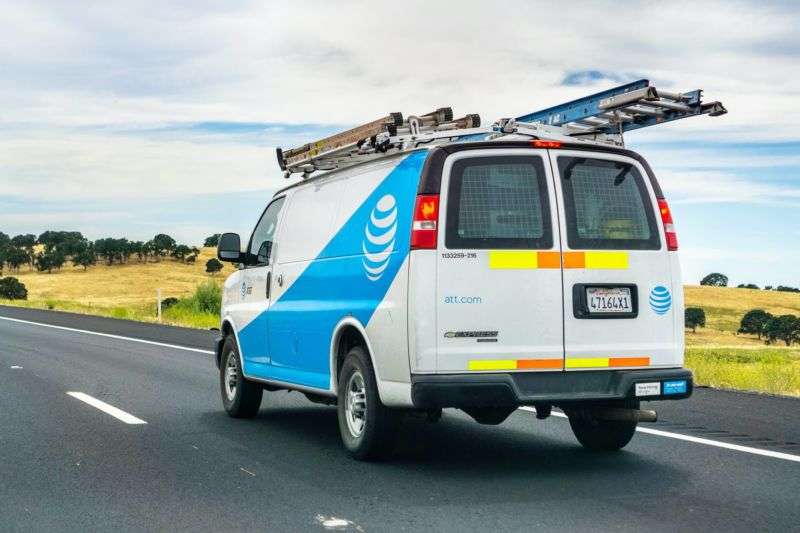
AT&T says TV losses have peaked after latest loss of 1.3 million customers

AT&T thinks its TV-customer losses have peaked, but that isn’t saying much, as the company has lost 5 million subscribers since 2016 and more than 1.3 million in the most recent quarter alone.
“It’s tough and we’ll go through it for the rest of this year. But we’re optimistic we’ve hit the peak of losses in the third quarter,” AT&T CFO John Stephens said at a Wells Fargo conference for investors yesterday, according to the Hollywood Reporter.
In Q3, AT&T reported a net loss of 1,163,000 customers in the premium TV category, which includes DirecTV satellite and U-verse wireline TV services. AT&T also reported a net loss of 195,000 customers of AT&T TV Now, the online streaming video service formerly known as DirecTV Now, bringing the total TV-customer loss to 1.36 million.
Going back further, AT&T has lost nearly 5 million satellite-and-wireline TV customers since the end of 2016, when it had a total of 25.3 million subscribers in that category.
Even losses of 1.2 million customers per quarter going forward would prove Stephens correct about AT&T’s losses having peaked. Cord-cutting trends suggest that DirecTV satellite and U-verse TV’s growth days are long gone, but AT&T will try to find success in online streaming.
The company is pinning some of its hopes on AT&T TV, a streaming service that is separate from AT&T TV Now despite their nearly identical names. It’s delivered over the Internet, but AT&T TV has the same contract annoyances and add-on fees common in cable and satellite TV packages. So far it’s only available in some cities in California, Florida, Kansas, Minnesota, Missouri, New York, Texas, and Washington state and can be purchased on its own or in bundles with AT&T home Internet service.
AT&T TV will launch nationwide next year, Stephens said yesterday, according to a transcript by Seeking Alpha. AT&T TV will be a “key aspect” of the company’s video strategy, he said, noting that customers can set it up themselves without AT&T sending a truck to their homes. AT&T also has high hopes for HBO Max, a $15-per-month service due to launch in May 2020. AT&T has said it is aiming to get 50 million subscribers for HBO Max within five years.
Despite all the customer losses, Stephens said that video is still an “important segment” for the company. “It’s important for a lot of reasons,” he said. “It’s important from the information we get from customers, knowledge about what they want to watch, what’s important, what gets viewed. It’s important from packaged and bundled services, to bundle with our wireless, to bundle with our broadband. It’s also really important on a standalone product basis in the sense that it’s profitable.”
Although TV is “a challenging business,” Stephens said that AT&T’s fiber and wireless broadband networks are “tools to work with” as it tries to grow video-streaming revenue. “We’re still committed to making this work and continuing to do the best we can,” Stephens said.
AT&T has been trying to reassure investors about its TV prospects the past few months, since activist investor Elliott Management Corp. criticized AT&T’s TV strategy and urged the company to consider divesting DirecTV. Elliott pointed out that AT&T’s 2015 purchase of DirecTV came “at the absolute peak of the linear TV market.”
In late October, AT&T reached a deal with Elliott that does not involve selling DirecTV, but AT&T promised to conduct a “disciplined review” of its portfolio and said it will make “no major acquisitions” over the next three years.




